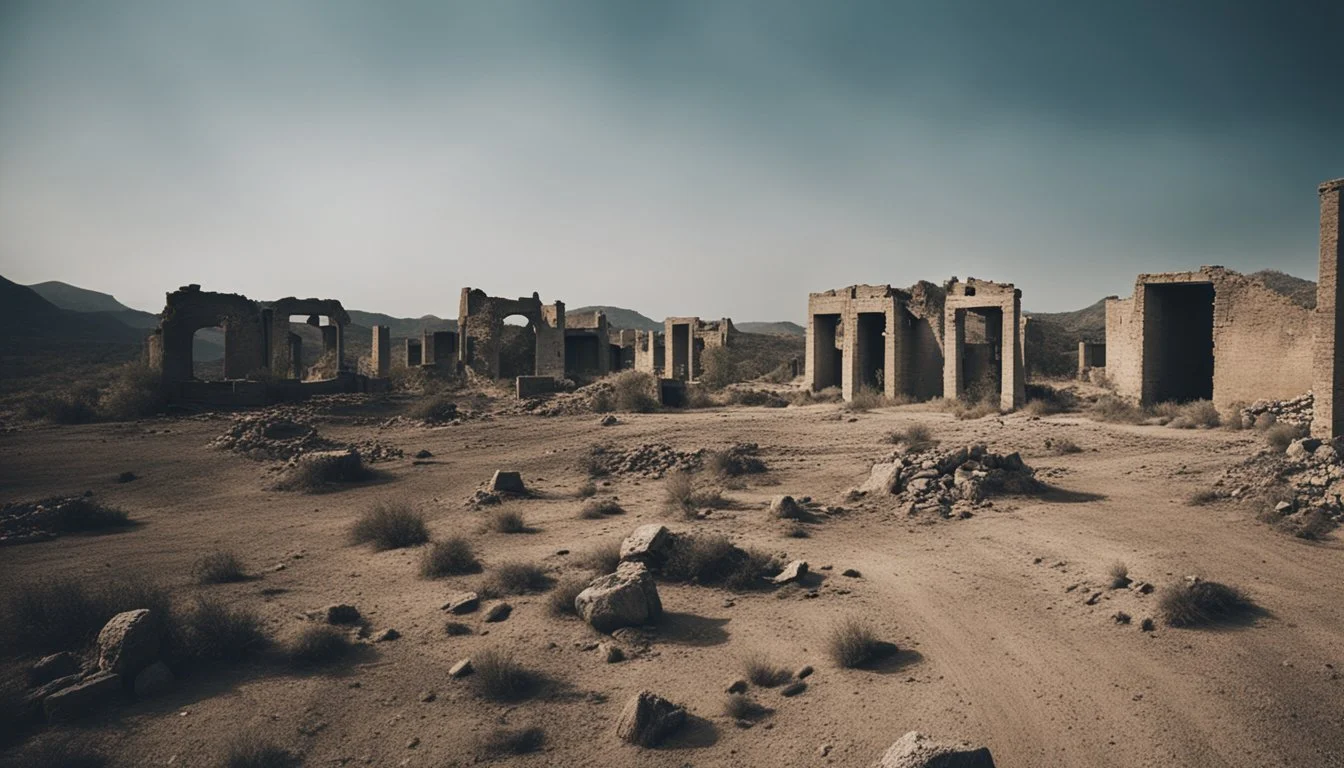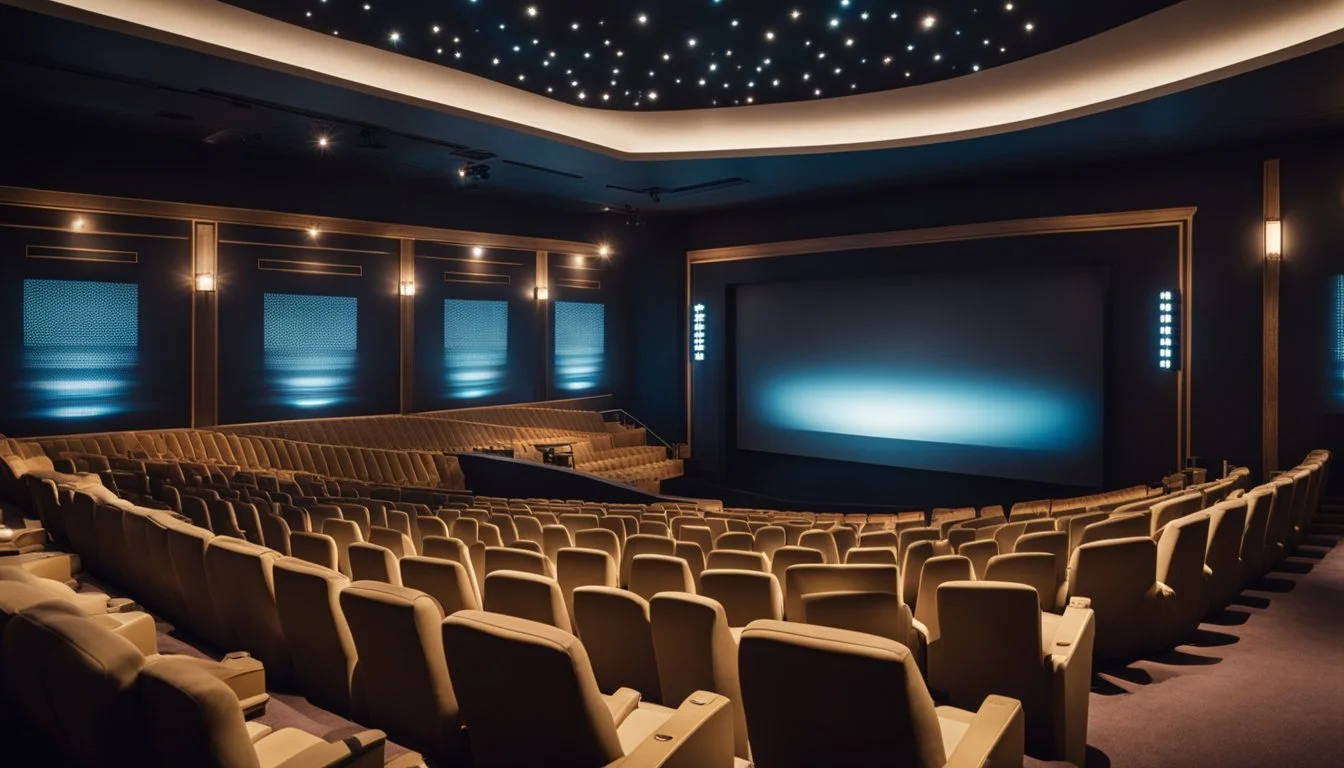Rithy Panh: Confronting Cambodia's Traumatic Past Through Film
Rithy Panh is a renowned Cambodian filmmaker whose work has been instrumental in shedding light on the traumatic history of Cambodia under the Khmer Rouge. Through his confronting documentaries, Panh brings to the forefront the harrowing experiences of millions, including his own personal tragedy of losing his family during the genocide. His films serve as a powerful medium of historical testimony and personal catharsis, offering both a reflection and a cautionary tale of the dangers of totalitarian regimes.
Panh's most acclaimed work, "The Missing Picture," uses a blend of clay figurines, archival footage, and personal narration to vividly recount the horrors faced by Cambodians in the 1970s. This innovative approach not only grabs the viewer's attention but also forces a deep emotional connection, making the unimaginable suffering a tangible reality. It is a testament to Panh's resilience and unyielding commitment to memory.
His body of work extends beyond personal suffering to address collective memory and national healing, challenging the imposed silence by the state. By preserving these painful memories through film, Rithy Panh ensures that the world cannot forget the atrocities of the Khmer Rouge, highlighting the importance of bearing witness to history.
The Life of Rithy Panh
Rithy Panh’s life has been deeply shaped by the experience of living through the Khmer Rouge regime, witnessing the devastation it caused, and his subsequent exile and education in France. His journey from early childhood to becoming a recognized filmmaker provides a compelling narrative.
Early Years in Cambodia
Rithy Panh was born in Phnom Penh, Cambodia, in 1964. He grew up in a loving family, surrounded by the vibrant culture and history of his homeland. His early years were filled with the typical joys and challenges of childhood, marked by a stable home environment.
In the early 1970s, Cambodia was a country undergoing significant social and political changes. Panh's childhood was abruptly disrupted by the political turmoil that would soon engulf his nation. The arrival of the Khmer Rouge in 1975 would forever change the trajectory of his life and millions of other Cambodians.
The Khmer Rouge Regime and Personal Tragedy
When the Khmer Rouge took power, Rithy Panh was just eleven years old. The regime, led by Pol Pot, sought to transform Cambodian society through radical, often brutal means. This period saw the forced relocation of urban populations to the countryside, where they were subjected to harsh labor and starvation.
During this time, Panh endured profound personal loss. He lost his parents, siblings, and other relatives to the atrocities committed by the Khmer Rouge. This period of suffering profoundly impacted him, influencing much of his later work as a filmmaker.
Rithy Panh’s survival amidst widespread death and destruction left him with a powerful story to tell, one deeply tied to his nation's history and his personal experiences during this tragic era.
Exile and Education in France
In the aftermath of the Khmer Rouge regime, Rithy Panh sought refuge in France. He arrived in Paris as a young refugee, carrying with him the weight of his traumatic past. Despite the challenges of adapting to a new culture, he pursued his passion for filmmaking.
He studied at the Institut des hautes études cinématographiques (IDHEC), one of France's prestigious film schools. This education equipped him with the skills and knowledge to tell the stories that mattered most to him — those of his homeland and its people.
His time in France was transformative, providing him with the tools to document and address the genocide’s lasting impacts on Cambodian society. This period also marked the beginning of his dedication to preserving the memory of those who suffered and ensuring future generations could learn from this dark chapter in history.
Cinema as Memory: Rithy Panh's Filmmaking
Rithy Panh utilizes his cinematic craft to navigate the complex terrain of Cambodia's historical trauma, blending documentary storytelling with themes of memory and cultural identity. His work resonates deeply within Cambodian society and beyond.
Documentary Storytelling Techniques
Panh's documentaries often employ a mix of archival footage, reenactments, and direct interviews. By intertwining personal testimony with historical evidence, he creates a layered and nuanced portrayal of past events.
His film "Site 2" documents life in a refugee camp, using interviews to highlight individual stories while historical context frames the collective experience. The blending of real and recreated scenes is a hallmark of his technique, aiming to evoke emotional and intellectual responses from the audience.
Notable Works and Themes
Notable among Panh's works are "The Missing Picture" and "S21: The Khmer Rouge Killing Machine." "The Missing Picture," using clay figurines and archival footage, explores his own childhood under the Khmer Rouge. In "S21," former Khmer Rouge cadres confront their actions at the infamous prison.
Central themes in his films include the brutality of the Khmer Rouge regime, the struggle for remembrance, and the fragmentation of personal and national identity. His films are both personal recollections and historical documentation, shedding light on untold stories from Cambodia's past.
Impact on Cambodian Culture
Panh's films have had a profound effect on Cambodian culture, fostering a greater understanding of the country's history. They have opened dialogues about trauma, memory, and reconciliation.
By bringing hidden narratives to the fore, his work has helped Cambodians grapple with their collective past, promoting healing and recognition. His influence extends to global audiences, offering insights into the complexities of historical memory and the resilience of the human spirit.
Confronting History
Rithy Panh's work intricately examines Cambodia's traumatic history, offering profound insights into truth, reconciliation, and societal reflection. These sections explore his perspective on truth and reconciliation and the public's response to his work.
Panh's Perspective on Truth and Reconciliation
Rithy Panh views truth and reconciliation as essential for healing and understanding Cambodia’s past. Through his documentaries, such as S-21: The Khmer Rouge Killing Machine and The Missing Picture, he brings to light personal and collective memories often silenced.
His approach involves highlighting trauma from both victims and perpetrators, challenging traditional narratives. Panh uses first-person testimonies, archival footage, and artistic recreations to expose the complexities of historical trauma. This method confronts denial and forgetting, advocating for a thorough reckoning with past atrocities to prevent history from repeating itself.
Public Discussions and Critical Reception
Public and critical reception of Panh’s work is notable for its depth and engagement. Critics and viewers alike have praised his films for their emotional impact and historical significance.
His documentaries have sparked numerous public discussions about the Khmer Rouge era, creating a platform for dialogue and education. Critical acclaim highlights how Panh's films serve as crucial educational tools.
These discussions emphasize the importance of remembering and the potential for cinema to address difficult histories. By invoking a collective confrontation with the past, Panh's work contributes significantly to ongoing conversations about justice and memory in Cambodia and beyond.
Legacy and Influence
Rithy Panh's work has left a profound impact, especially in the realms of education and social consciousness in Cambodia. His contributions have fostered a deeper understanding of the Cambodian genocide and its aftermath.
Educational Contributions
Rithy Panh has dedicated significant efforts to educate both local and international audiences about the Khmer Rouge era. Through his documentaries and writings, he has provided detailed accounts of the atrocities, making historical events accessible and comprehensible. His film, S-21: The Khmer Rouge Killing Machine, serves as a critical educational tool in schools, presenting firsthand testimonies and visual documentation.
Panh also established the Bophana Center in Phnom Penh. This institution archives audio-visual materials related to Cambodia’s history. It acts as a resource for researchers, students, and the general public, promoting an informed understanding of the Khmer Rouge regime. By preserving and sharing these materials, the Bophana Center ensures that the memories and lessons of the past are not forgotten.
Influence on Modern Cambodian Society
Rithy Panh's influence extends beyond education to affect contemporary Cambodian society profoundly. His work has played a vital role in the country's reconciliation process. By providing a platform for survivors to share their stories, Panh's documentaries have helped to heal collective trauma and foster dialogue among different generations.
His films have also impacted public policy. Insights from his documentaries have informed discussions on justice and human rights, influencing both domestic and international views on post-genocide recovery. Through his cinematic lens, Panh encourages a societal reflection that is crucial for understanding and moving beyond Cambodia's tragic history.





